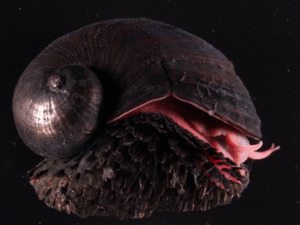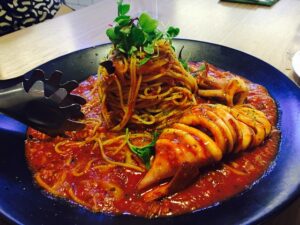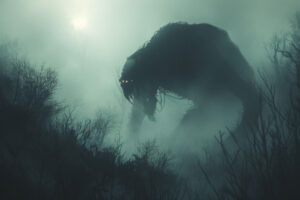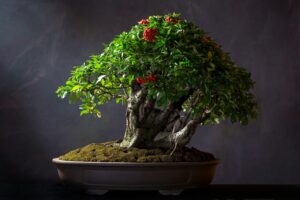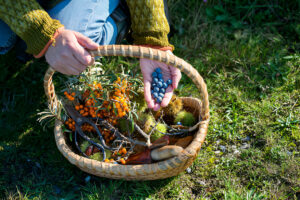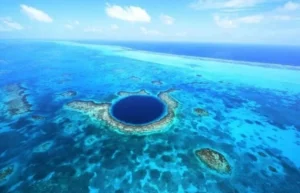You’re strolling down a street in Rome, the sun casting a warm glow on centuries-old buildings. You step into a cozy café, the aroma of freshly ground coffee enveloping you. The barista deftly pulls an espresso shot, and you savor the rich, velvety brew. Now, fast-forward to a bustling American coffee shop – you’re in line, juggling your laptop, phone, and oversized travel mug. The drip coffee machine gurgles, dispensing a lukewarm cup of joe. The contrast is stark, and it’s not just about geography—it’s about culture, history, and taste.
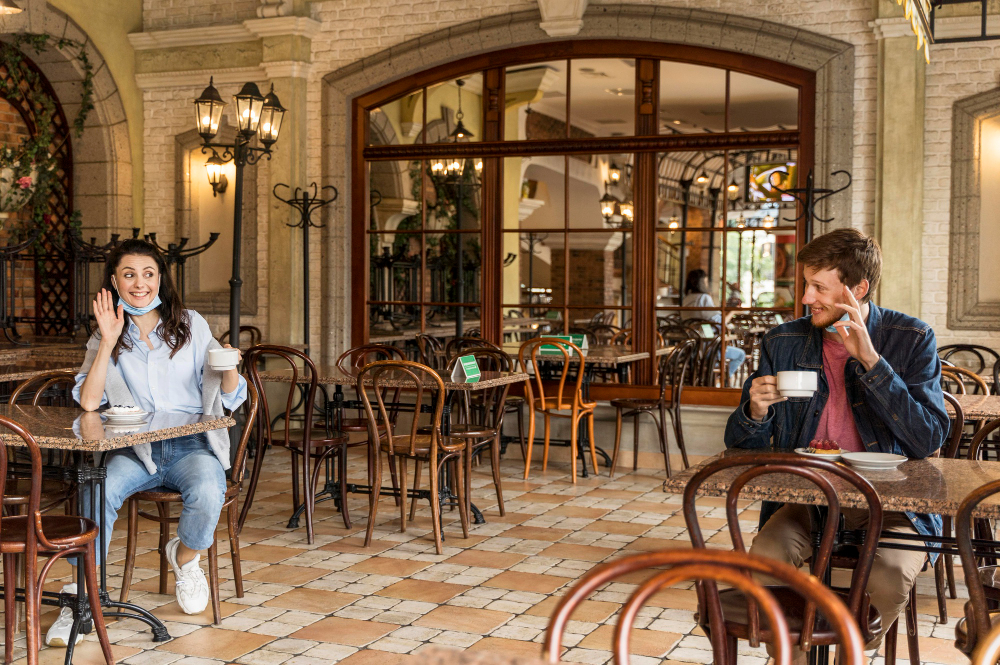 Pin
Pin Image by freepik
Table of Contents
The European Love Affair with Coffee
 Pin
Pin Image by jcstudio on Freepik
It’s the early 17th century, and coffee arrives on European shores like an exotic guest. Intellectuals gather in smoky coffeehouses, their minds buzzing as much as the freshly ground beans. Espresso machines, those sleek, hissing marvels, are still a distant dream.
But let’s rewind to Turin, Italy—a city where passion simmers beneath every cobbled square. Angelo Moriondo, an inventor with caffeine in his veins, tinkers away. His contraption—a precursor to the espresso machine—gurgles and sputters, promising liquid gold. Yet, it lacks finesse, like a fledgling artist dabbling in charcoal sketches.
Enter Luigi Bezzera, the maestro. In 1901, he unveils the “real” espresso machine—a symphony of brass, steam, and anticipation. It’s not just about brewing; it’s about extracting the soul of coffee. The crema—the golden crown atop an espresso shot—becomes a badge of honor. Europe inhales deeply, its senses awakened.
The Espresso Ritual
Step into a European café. The barista—part alchemist, part poet—wipes the portafilter, tamping the coffee grounds with reverence. The espresso machine hisses, releasing pent-up energy. A shot emerges—a tiny miracle in a demitasse cup. The aroma envelops you, like a lover’s whisper. You sip, and time slows down. It’s not just coffee; it’s communion.
The European Equation
Coffee + Conversation + Croissant = Bliss
European cafés aren’t just about caffeine. They’re about tête-à-têtes, clandestine meetings, and stolen glances. The chairs invite lingering; the art on the walls tells stories. The barista knows your name, and the Wi-Fi password? Well, that’s secondary. It’s a place where ideas percolate, friendships brew, and love simmers like a well-made cappuccino.
American Coffee Shops
Coffee first made its way to the New World courtesy of the British in the mid-17th century. But back then, tea was the real superstar – the caffeinated drink of choice for the American colonies. The British love for tea wasn’t just a stereotype; it was a reality. However, everything changed during the American Revolution. The Boston Tea Party of 1773 turned tea into a symbol of oppression, and suddenly, coffee became the patriotic beverage. Drinking tea was practically un-American – coffee was where it was at!
Civil War and Coffee Momentum
Fast forward to the Civil War in 1861. Soldiers on both sides needed something to keep them going, and coffee fit the bill. It was cheap, didn’t spoil easily, and had universal appeal. Picture soldiers huddled around campfires, sipping their coffee – it became a comforting ritual. When the war ended, coffee’s popularity didn’t wane.
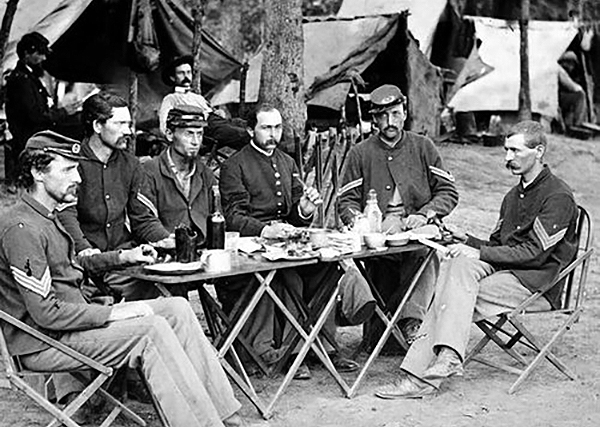 Pin
Pin Image source: wikicommons
Soldiers returning home brought their newfound love for coffee with them, and it became a staple in American households.
The Arbuckle Brothers and Bagged Coffee
Enter the Arbuckle brothers – John and Charles – from Pittsburgh. These savvy entrepreneurs revolutionized the coffee industry. Instead of selling loose beans, they packaged roasted coffee in individual bags. Seems ordinary now, but back then, it was groundbreaking. Their innovation made coffee accessible to settlers and ranchers in the American West, where adventurous souls sought new lives on the frontier.
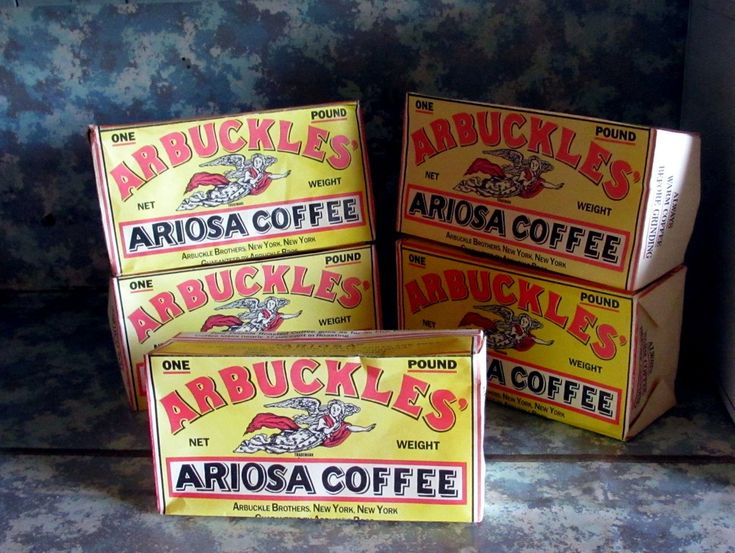 Pin
Pin Image source: Pinterest
Thanks to the Arbuckles, coffee was no longer just a luxury; it was an everyday delight.
Maxwell House, Folgers, and Instant George
As America grew, so did its coffee culture. Brands like Maxwell House and Folgers stepped in, commercializing coffee and making it a household name. And guess who else got in on the action? None other than George Washington himself! Yes, the same George who led the Revolutionary forces. In 1909, he mass-produced instant coffee – a marvel of convenience.
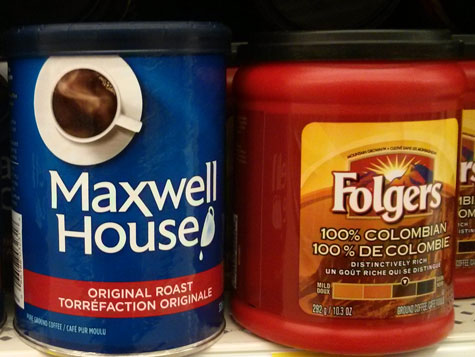 Pin
Pin Image source: thatcoffeeblog247
George Washington brewing up a cup of instant joe – it’s like a historical coffee meme!
Prohibition Perks Up Coffee
The 1920s brought Prohibition – a time when alcohol was banned. But guess what? Coffee got a boost! With bars closed, people turned to coffeehouses for socializing. Suddenly, coffee wasn’t just utilitarian; it was a vibrant part of cultural life. Jazz-age flappers sipped coffee, discussing art, politics, and life.
 Pin
Pin Image source: pressreader
It was the Roaring Twenties, and coffee was roaring right alongside it.
So there you have it – the United States’ coffee journey, from British colonization to George Washington’s instant brews, all the way to jazz-age coffeehouses.
The Great Divide: Espresso vs. Drip
- The Brew: European cafés flaunt their espresso prowess. It’s the heart and soul of their coffee culture. Meanwhile, American coffee shops churn out drip coffee—a practical, no-fuss affair. Espresso is like a passionate tango; drip coffee is a friendly handshake.
- Beans: In the U.S., it’s all about 100% Arabica beans. But in Europe, Robusta/Arabica blends reign supreme. Robusta, with its bold, earthy kick, adds depth to European espressos. It’s like inviting a mysterious stranger to the coffee party.
- Timing: Americans gulp coffee in the morning, fueling their day. Europeans? They sip espresso anytime—after a meal, during a tête-à-tête, or while pondering life’s mysteries. It’s not a caffeine fix; it’s a ritual.
- Atmosphere: Walk into a European café, and time slows down. The barista knows your name, the chairs invite lingering, and the art on the walls whispers secrets. In American coffee shops, it’s Wi-Fi passwords, grab-and-go, and laptop chargers.
The Verdict
So, why does European coffee taste better? It’s not just about the beans or the machines. It’s the reverence—the way Europeans cradle their cups, savoring each sip. It’s the art of conversation, the symphony of clinking saucers, and the promise of a moment suspended in aromatic bliss. Next time you’re torn between a latte and a grande, ask yourself: Do you want a quick caffeine jolt or a soulful rendezvous? The choice is yours, my fellow coffee lover.
FAQs: Espresso vs. Drip Coffee
Espresso is the James Bond of coffee – intense, mysterious, and always in a hurry. It’s a concentrated shot of coffee brewed by forcing hot water through finely ground beans. A tiny cup filled with liquid dynamite – that’s espresso. European cafés adore it; they serve it with a flourish, like a secret society handshake.
Drip coffee is the friendly neighbor who waves hello every morning. It’s brewed by letting hot water drip through coarsely ground coffee beans. Think of it as the laid-back cousin – easygoing, approachable, and always up for a chat. American coffee shops are all about drip coffee; it’s the soundtrack to their cozy vibes.
Espresso wins this round. It’s like a swift kick to your taste buds – bold, concentrated, and caffeinated enough to power a rocket launch. Drip coffee, on the other hand, is like a warm hug – comforting, but not as intense. If espresso were a superhero, drip coffee would be its sidekick.
Espresso shots are tiny – we’re talking 1 to 2 ounces (30 to 60 ml). It’s like sipping coffee from a thimble. Drip coffee, though, fills your mug generously – anywhere from 8 to 16 ounces (240 to 475 ml). It’s the difference between a shot glass and a swimming pool.
Espresso is the Usain Bolt of brewing – lightning fast. It takes about 25 to 30 seconds to pull a shot. Drip coffee, bless its patient soul, takes its time. Brewing a pot can take 4 to 5 minutes. It’s like comparing a sprinter to a marathon runner.
Espresso is the prima donna – it shines solo or as the base for lattes, cappuccinos, and mochas. Drip coffee is the team player – great for lazy mornings, book clubs, and office meetings. It’s the canvas waiting for cream, sugar, and your favorite mug.
European cafés win this round. Espresso machines are like steampunk sculptures – shiny, intricate, and mesmerizing. The barista’s dance as they pull shots? Pure art. American coffee shops, though cozy, focus on practicality. Drip coffee makers are like reliable old friends – dependable but not Instagram-worthy.
It’s a tie! Both have their place. Espresso for intense moments – when you need a jolt before a meeting or a date. Drip coffee for lazy Sundays – when you want to wrap your hands around a warm mug and watch the world go by.












